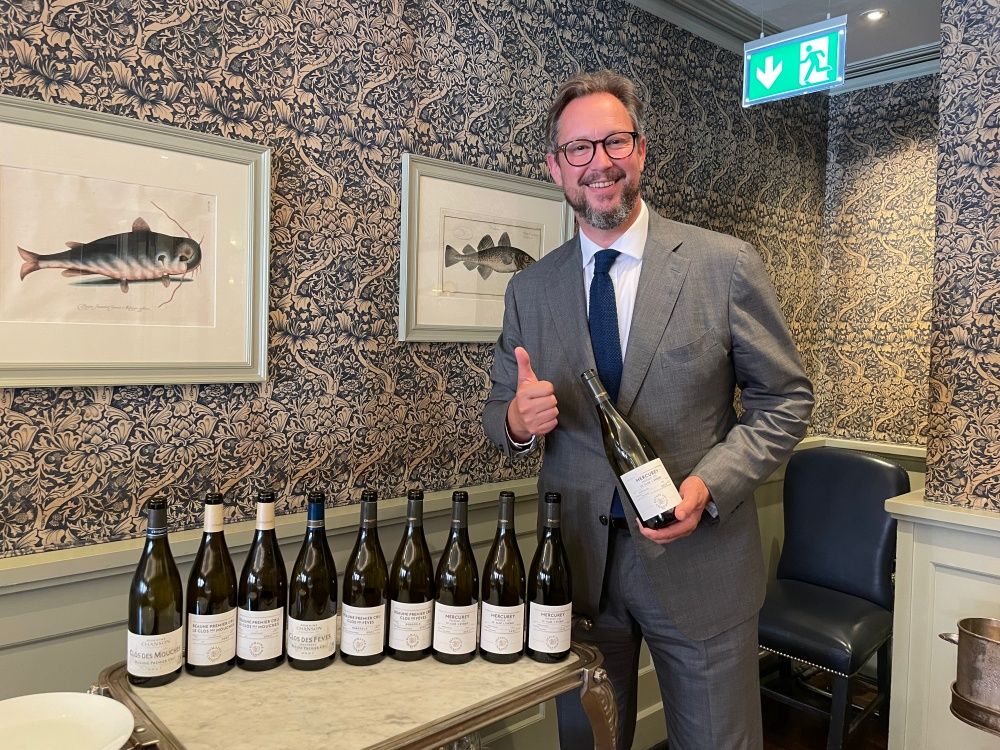Re-assessing the 2012-14 vintages from the Bordeaux Grands Crus Classés, alongside the 2015
Bordeaux Grands Crus Classés 2012-2015 was an eye-opening event and a great opportunity to re-assess the years when the Bordelais had less to crow about.
Sandwiched between the two outstanding but differing vintages of 2009 and 2010 and the recent-lauded 2015 vintage, 2012-14 are years in which the Bordelais struggled to reach the dizzying heights they are capable of. That said, most Grands Crus estates produce good wine in ‘off years’ and both 2012 and 2014 are vintages that have plenty of fine wines in, to recommend buying.
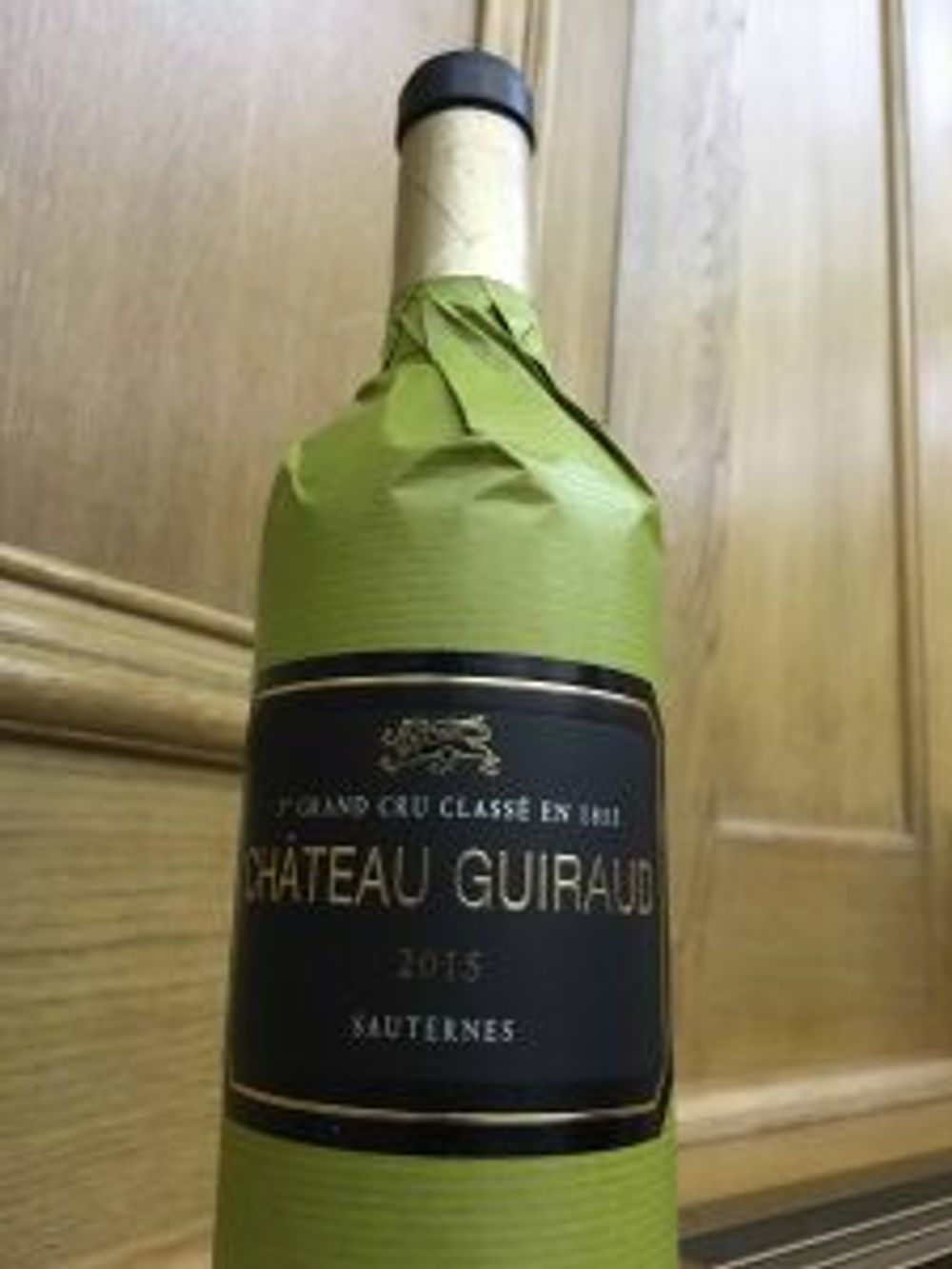
Sauternes has now had a long run of excellent vintages
Some suspicions were confirmed, some surprises lay in store. But whenever there is a vertical tasting of Grands Crus Classés estates, it’s always an interesting and challenging experience.
The Bordeaux Grands Crus Classés 2012-15 tasting featured wines from the following estates: Smith Haut Lafitte, Guiraud, d’Aiguilhe, Clos de l’Oratoire, Canon la Gaffeliere, La Mondotte, Gazin, Canon, Rauzan-Ségla, Branaire-Ducru, le Crock, Moulin Riche, Léoville Poyferré and Pontet-Canet.
2012 is an under-estimated year with plenty of value/ price opportunities
One of the great surprises this year, not just at this tasting but at other portfolio tastings I have attended, has been the quality of the early-drinking 2012 vintage. On release it was clear that Right Bank estates had fared better than Left, with the Merlot-dominated Margaux best of the latter.
All of the Saint-Emilion estates and one Pomerol (Gazin) were showing well with this vintage with delicious black cherry and kirsch aromas, lots of fruit and good tannic structure – all of which can be enjoyed young. My favourite of the estates on show was the Canon la Gaffeliere that had the sort of nose that makes you want to dive straight in. The mouthfeel was generous, juicy and had a lot of concentration.
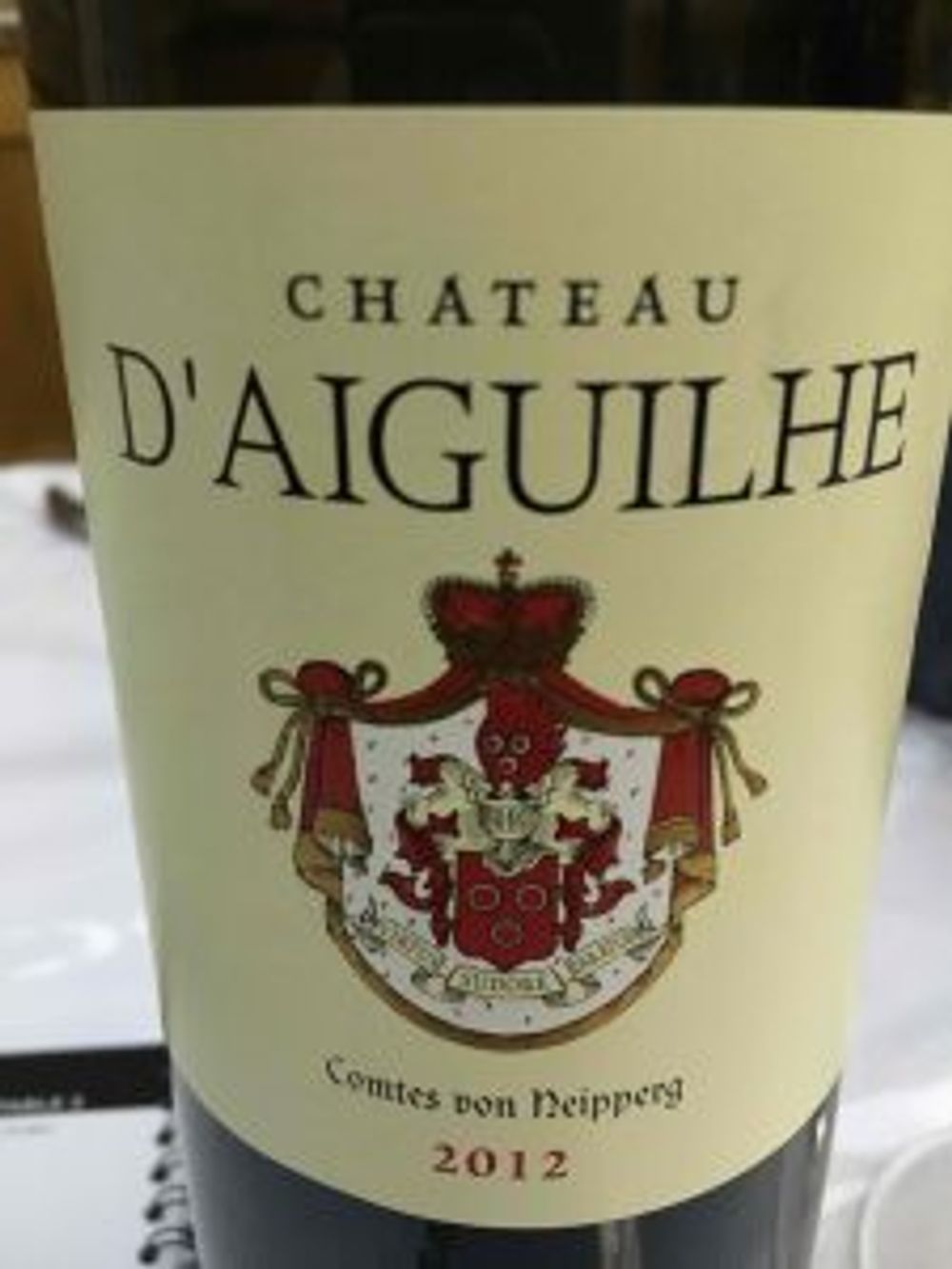
For value for money I would rate d’Aiguilhe as a particularly good buy. This Côtes de Castillon blend, coming from the same owners as Canon la Gaffeliere but at two thirds of the price is 80% Merlot and 20% Cabernet Franc from old vines. The 2012 has a delightful nose of kirsch and superbly integrated tannins.
But don’t disregard the Left Bank in 2012. Pontet-Canet has produced an outstanding wine, with the most expressive nose of violet, cassis and blackberry, a textured mouthfeel with concentrated fruit and tannins that melt away in the mouth. Everything is in its right place, a result perhaps of the estate maturing a portion of the wine in concrete amphorae to get the right sort of lees contact.
Le Petit Haut Lafitte Rouge, 2012 from Graves is also a good solid claret, beautifully fresh with great structure and lots of fruit, and half the price of the estate’s top wine. The other Left Banks on show didn’t stand out.
2013 – buyers… approach with caution
Although a few of the owners present were putting a brave face on the 2013s I personally didn’t like this vintage. The tannins were big, green and chewy, there was a lack of fruit compared to the 2012, and some had a thin, taut even watery quality. Some wines had a sour finish. My tasting notes had ‘hard work’ written against almost every wine.
Pontet-Canet was probably the best on show with good balance. Further north on the Left Bank Le Crock had an attractive refreshing quality that made my mouth salivate (just about over-riding its firm woody tannins and vanilla finish) and Branaire-Ducru also had more fruit and a fresher quality than most, alongside firm tannins and high acidity. The easiest going and most approachable of those on show was the Canon la Gaffeliere which had a dumb nose but a fresh, light quality in the mouth.
Overall I’d rate it as an average to poor year with cautious buying being the watchword.
2014 – a ‘sleeper’ of a vintage
It is still too early to be drinking the 2014s even though this is regarded as an early drinking vintage.
A cold, wet summer was salvaged right at the death by 10 days continuous dry sunshine with picking particularly of the Cabernet Sauvignon as late as the mid-to-end of October.
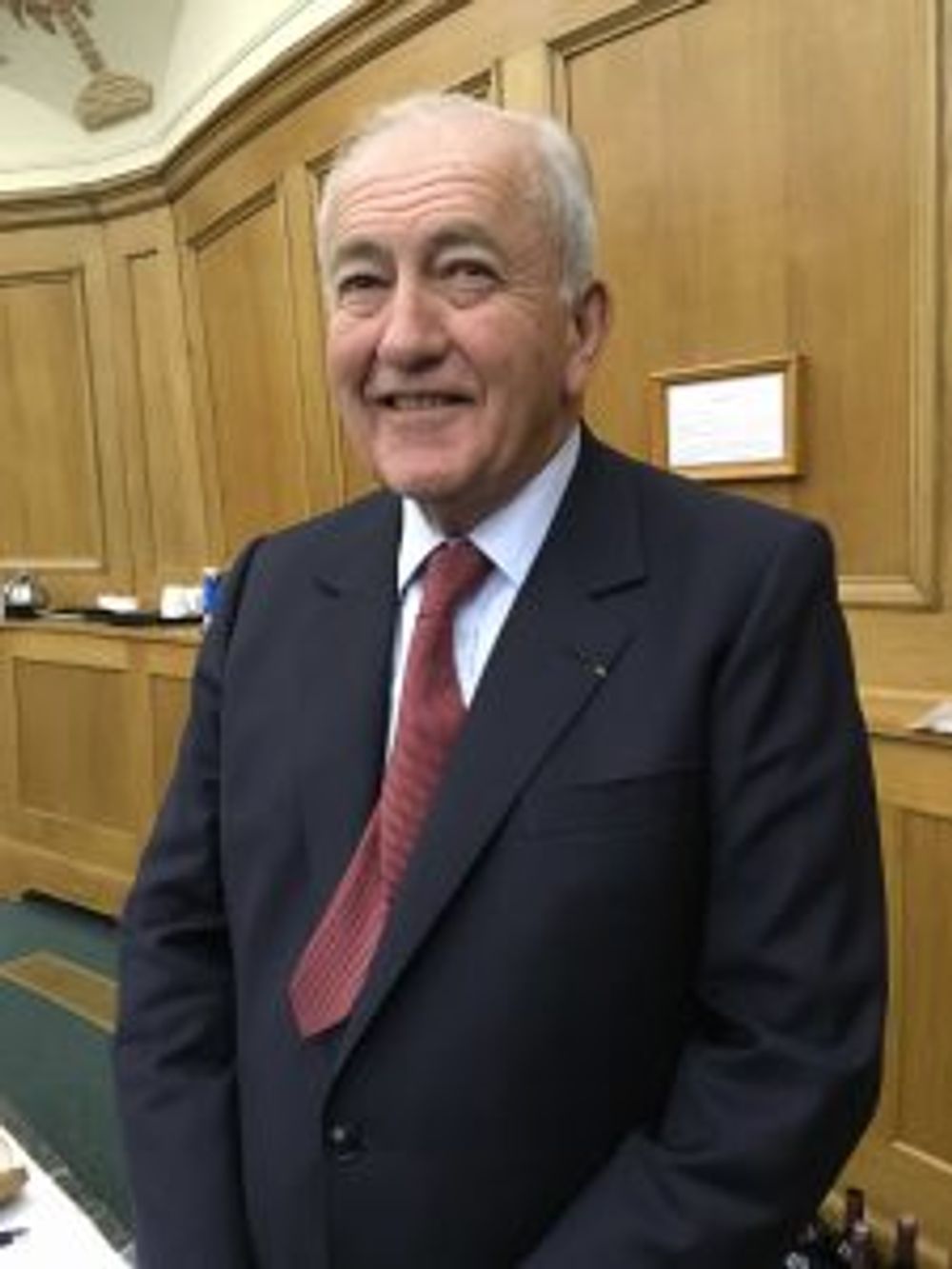
Alfred Tesseron from Pontet-Canet
All of the wines had terrific structure and a fresh juicy quality to the fruit, although obviously the tannins were grippy and woody right across the palate. That will blow off and what you will get left with is a vintage that’s not up there with the greats (2005, 2009, 2010) but probably alongside 1998, 2002 and 2008 – i.e. one to buy with some good opportunities price-wise.
For me the Saint-Emilion La Mondotte was the best on show. There was lifted, attractive aromatics, lean young fruit (with a bit of sap) but great focus and structure. I think this will turn into a fine wine indeed.
I also really enjoyed the Rauzan-Ségla. The blend was balanced and had huge taste with a slight but not unappealing chalkiness.
Thierry Gramon from Léoville Poyferré, who was in attendance, was singing the praises of 2012 and 2013 but his 2014 was the best vintage on show – good and light on its feet, abundant fruit, nice structure with a cedar finish.
Pontet-Canet had a dumb nose but a thick-set structure and showed well.
All in all, a surprisingly good vintage.
2015 – this really is the real deal
Much has been made of the quality of the latest vintage and tasting them was a real treat.
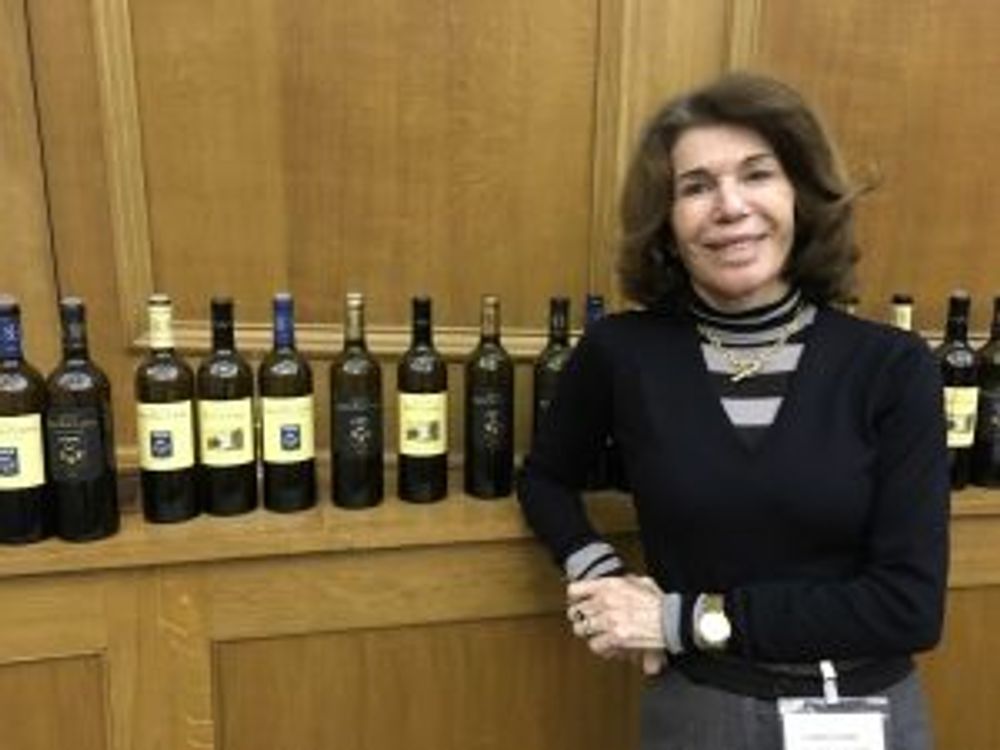
Florence Cathiard of Smith Haut Lafitte
Florence Cathiard of Smith Haut Lafitte said that she was “More than happy” about the quality off their red and whites which could easily have been the understatement of the day.
Their Blanc (90% Sauvignon Blanc) was the only dry white wine on show and it was a powerhouse. The wine is unfinished at this stage of course but the nose was immense honeysuckle, almost muscatel.
As for Smith Haut Lafitte’s red, this could have been my favourite wine of the entire tasting.
Bright scarlet, inky in hue, vanilla on the nose with lots of black fruit, baskets of ripe mulberries and cassis on the palate, with a huge structure underlying it all with level after level of fruit and spice, especially cloves. Mesmerising. The sort of wine you have to buy a case of. Simply have to.
I would like to have said the same about the Pontet-Canet but that was all drunk halfway through the tasting. Which I guess says something in itself.

Château Guiraud 2015 proved that Sauternes had yet another amazing year. This wine had bags of everything and could be drunk young, old, you name it. Incredible.
All of the other wines from all of the other houses were showing amazingly well (with one exception the Branaire-Ducru which I felt was a tad flat). My tasting notes are littered with exclamation marks. The fruit, iodine, structure, silkiness, power, balance, focus – they are all there.
The Canon and Rauzan-Ségla were surprisingly approachable for such young wines and again, the d’Aiguilhe was showing well – a delicious aroma of blackberries and jam tart on the nose and really, really deep purple in colour – and offers, once again, fantastic value.
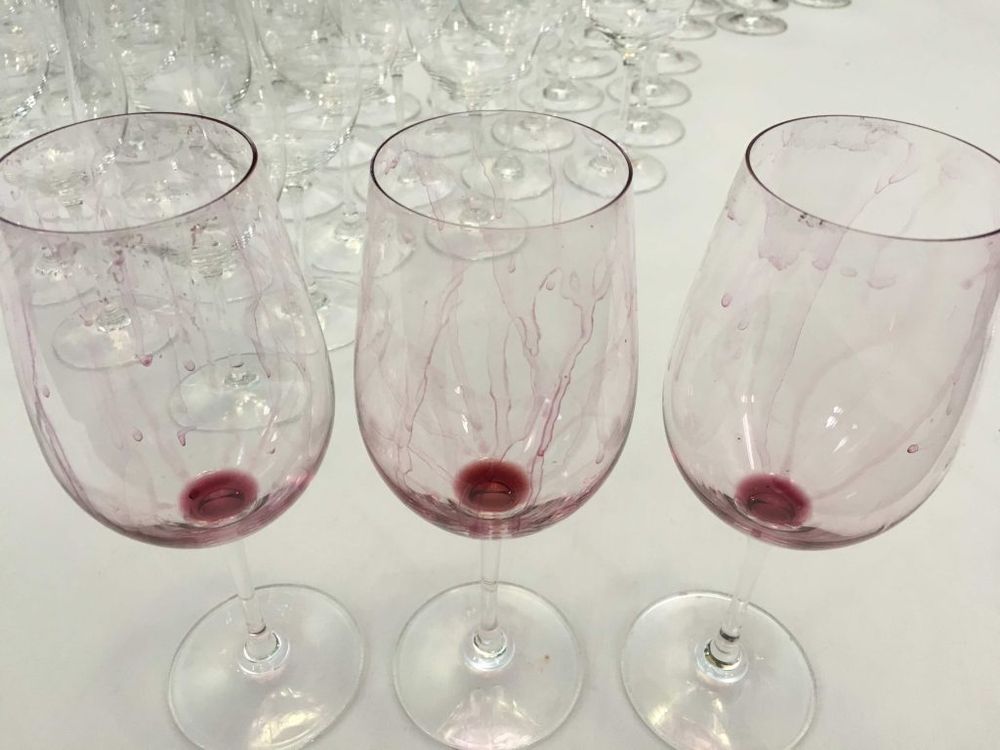
That’s all folks… You should see my teeth!


